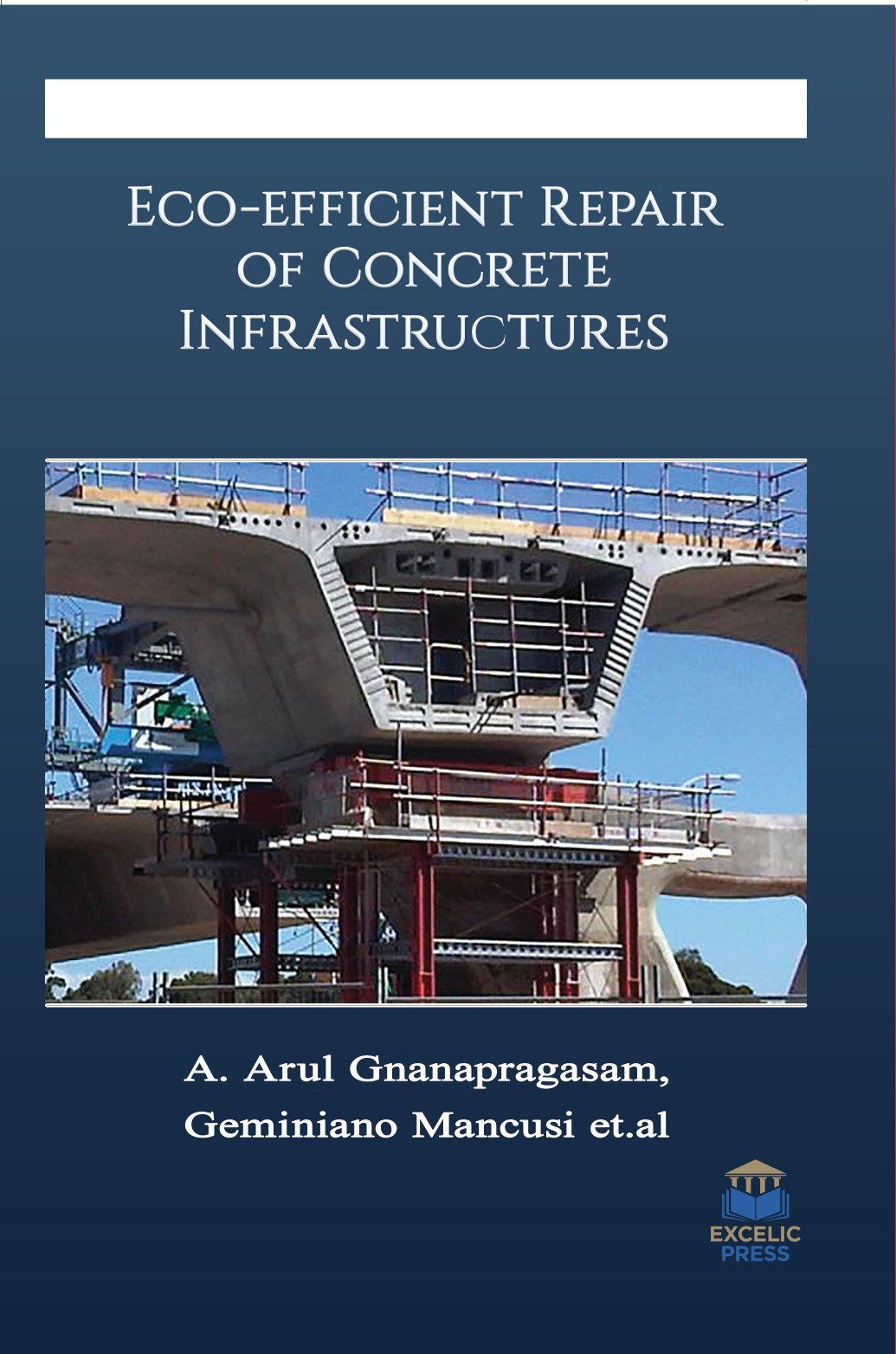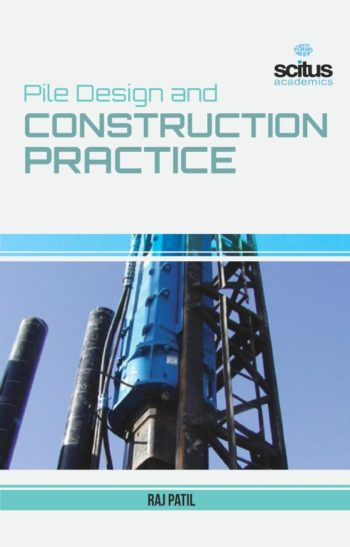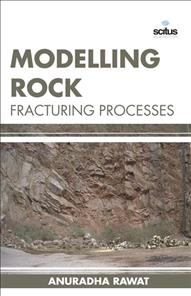Buildings and other structures have a convinced useful life, which depends on the specifications adopted. The large numbers of monuments, which are esteemed heritage structures, have stood well over a period of time. But some of these have shown signs of distress due to age, aggressive natural environment/industrial pollution etc. Further, distress gets aggravated due to overloading/ misuse of buildings. A few buildings have also failed due to faulty design / construction. Thus, Repairs & Rehabilitation of buildings are of vital importance. For many local governments the resulting challenges, such as extremely high demand for infrastructure investments, are amplified by persistent local issues such as rising informality, poverty and inequality within cities as well as global forces, including globalization, climate change and increasing natural and human-caused disasters and conflicts and high energy costs. The transition from a “traditional” to an eco-efficient building takes place more easily and with greater emphasis in the planning of new buildings, through the introduction of a high potential in terms of experimentation and applied research on building systems and components. The refurbishment of existing buildings raises several questions and presents considerable difficulties, especially when the intervention involves a building bearer of intrinsic meaning and historical, constructive and cultural values.
Eco-efficient Repair and Rehabilitation of Concrete Infrastructures provides the state-of-the-art review on eco-efficient repair and rehabilitation of concrete infrastructure, focusing on essential design aspects, such as quality control, as well as lifecycle and cost analysis with a number of real world cases on repair and rehabilitation. This book provides a literature review on concrete repair materials, highlighting the current problems face by them. It covers concrete surface treatments, patch repair and FRP strengthening. The potential of geopolymers to overcome those limitations is analyzed. It aims to provide practical tools to city planners and decision makers for addressing these challenges.
This book serves as a valuable guiding tool for students, civil and structural engineers, architects, structural designers, materials scientists, and contractors working in the construction industry.













